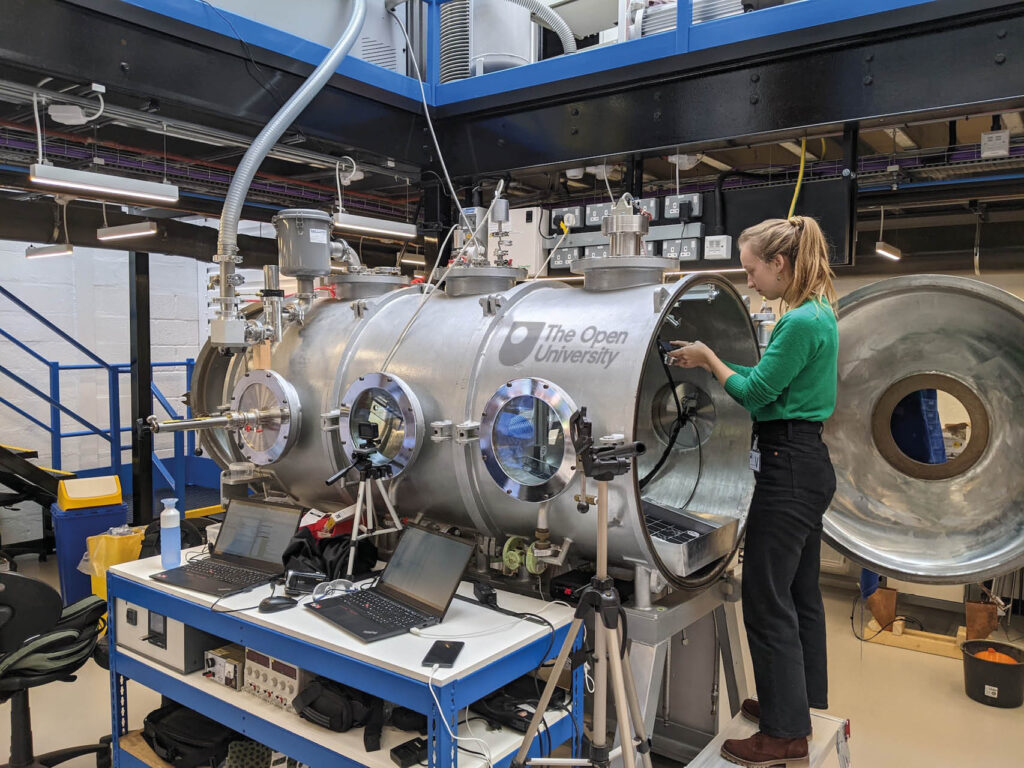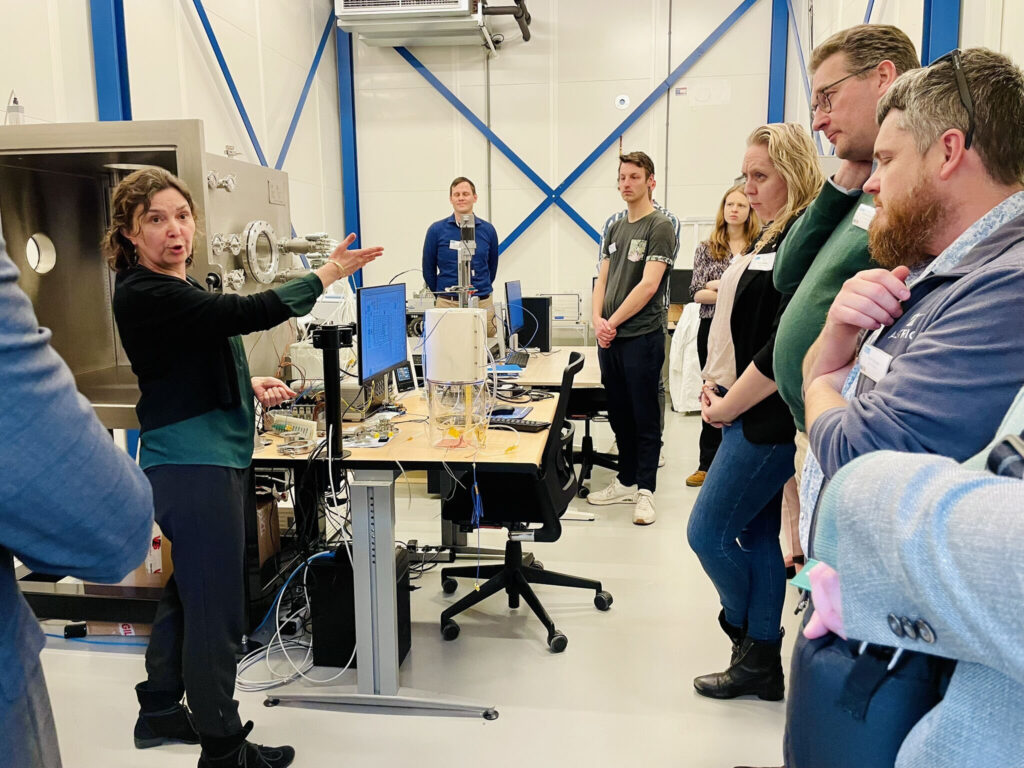Connecting researchers, science and industry to advance Dutch planetary science and exploration.
AT THE INTERFACE OF GEOSCIENCE & ASTRONOMY
Planetary science is a scientific field situated at the interface of the geosciences and astronomy. Research in this domain relies on methods championed by these respective fields and targets key questions related to planet formation, planetary evolution, habitability and the origins of life.
LET’S WORK TOGETHER!
The Platform
The Netherlands Platform for Planetary Science (NPP) is a national entity that aims to connect researchers from various fields in all stages of their careers. In addition to facilitating synergies between science and industry and advising policy makers, we foster links between the geoscience and astronomy communities and origins of life research consortia.
EXpertise network
Our Expertise Network on Observables of Planetary Habitability is a 5-year project that builds on existing Solar System expertise in the Netherlands to establish a framework for developping a set of key observables that enable in situ or remote detection of planetary habitability.
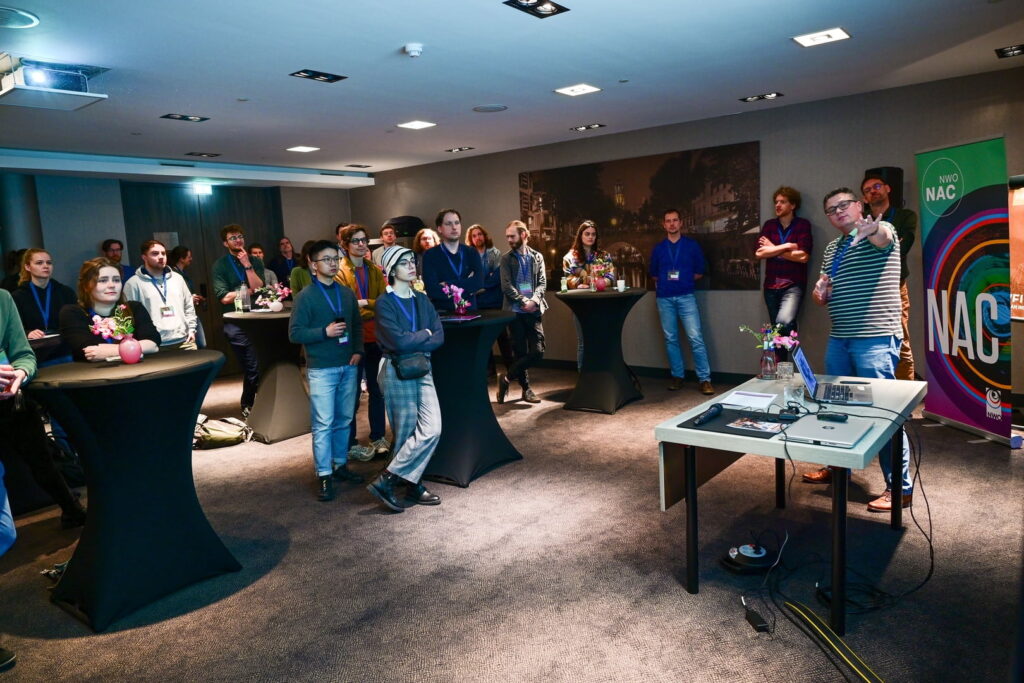
RESEARCH PORTFOLIO
Highlighted research: catastrophic disruption of asteroid 2023 CX1
Mitigation of the threat from airbursting asteroids requires an understanding of the potential risk they pose for the ground. How asteroids release their kinetic energy in the atmosphere is not well understood due to the rarity of large impacts. In a study published in Nature Astronomy on 17 September 2025 an international team of researchers, including planetary scientist and meteorite researcher Sebastiaan de Vet, presents a comprehensive, space-to-laboratory characterization of an impact of an L chondrite, which represents a common type of Earth-impacting asteroid. The small asteroid 2023 CX1 was detected in space and predicted to impact over Normandy, France, on 13 February 2023. Observations from several independent sensors and reduction techniques revealed an unusual but potentially high-risk fragmentation behaviour. The nearly spherical 650 ± 160 kg (72 ± 6 cm diameter) asteroid catastrophically fragmented, releasing 98% of its total energy in a concentrated region of the atmosphere. This type of fragmentation increases the risk of substantial damage at ground level. These results warrant consideration for a planetary defence strategy, including planning for evacuation of areas beneath anticipated disruption locations.
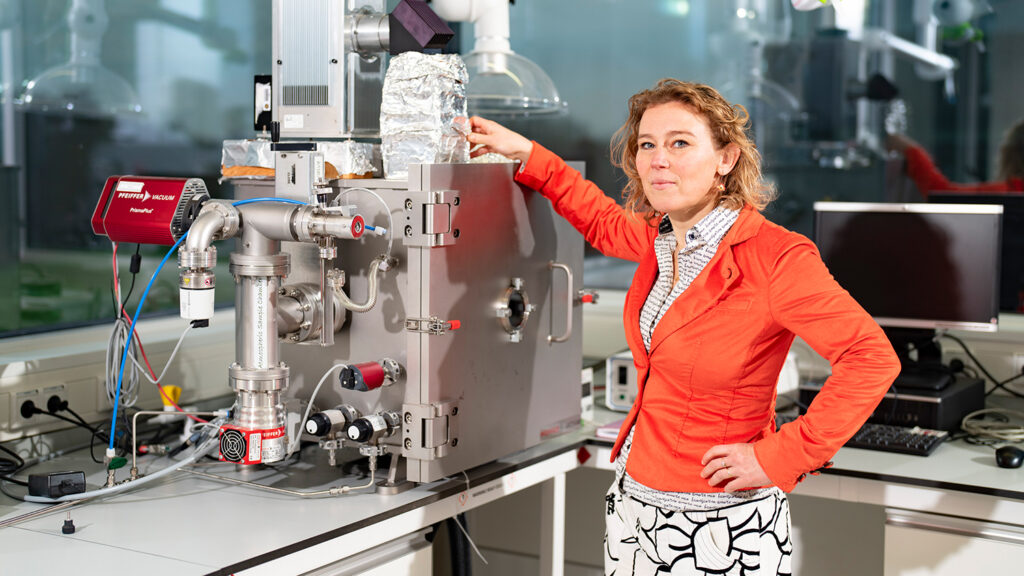
RESEARCH FACILITIES
Research in the domain planetary science not only uses satellite data and numerical approaches. It also relies on hands-on methods and laboratory facilities championed by the geosciences and astronomy.
Join our newsletter
The Dutch Planetary Science Community Newsletter is published by the NPP. In addition to community updates, events, conferences and funding opportunities, we will bring you the latest news and opportunities to connect.
KEEP ON EXPLORING!
Latest News
-

Local organisation gearing up for EPSC 2026
Read more: Local organisation gearing up for EPSC 2026After the mid-november site visit by EPSC and Copernicus representatives, the first steps are being taken for starting the local oraganisation activities for the Europlanet Science Conference in Amare, The Hague. The official website has been launched and…
-
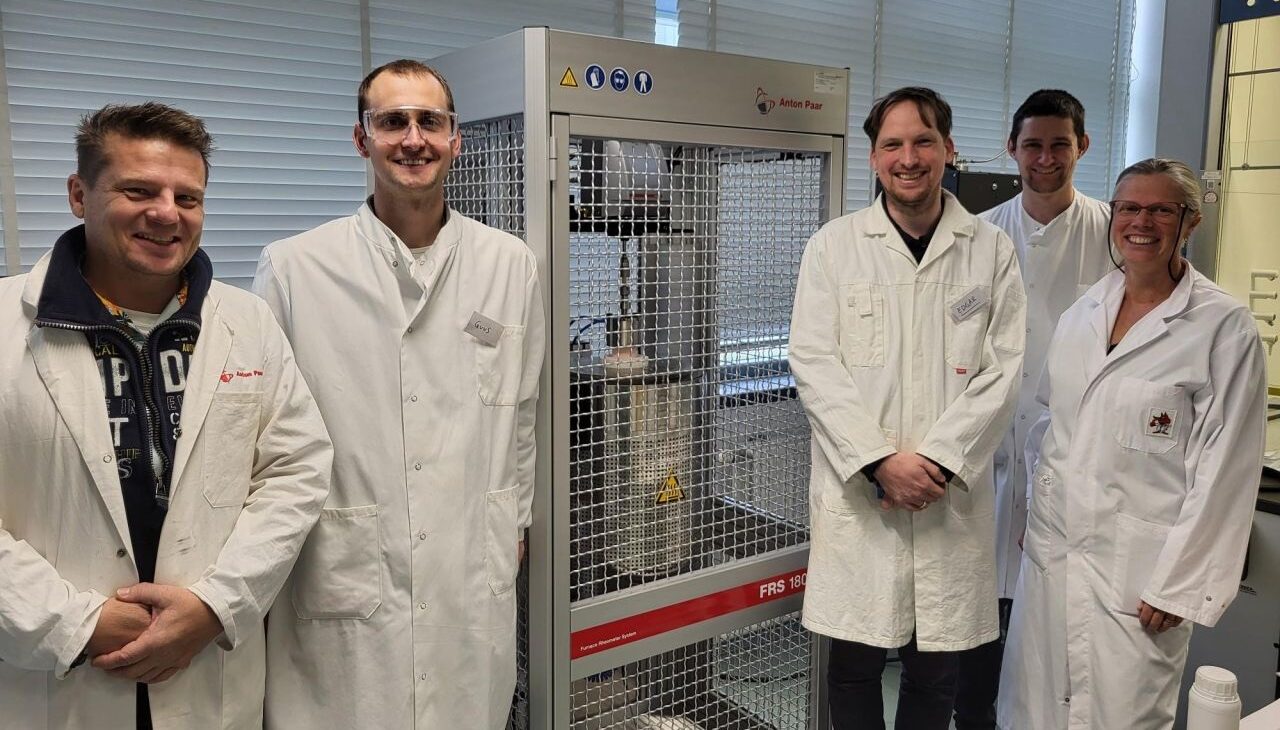
New laboratory opens to study enigmatic volcanic processes on other planets
Read more: New laboratory opens to study enigmatic volcanic processes on other planetsA new High Pressure/Temperature Laboratory for Planetary Materials has been commissioned at TU Delft as part of the Delft Planetary Labs of the Faculty of Aerospace Engineering. A state-of-the-art Anton Paar FRS 1800 gas-tight rheometer was installed, the…
-
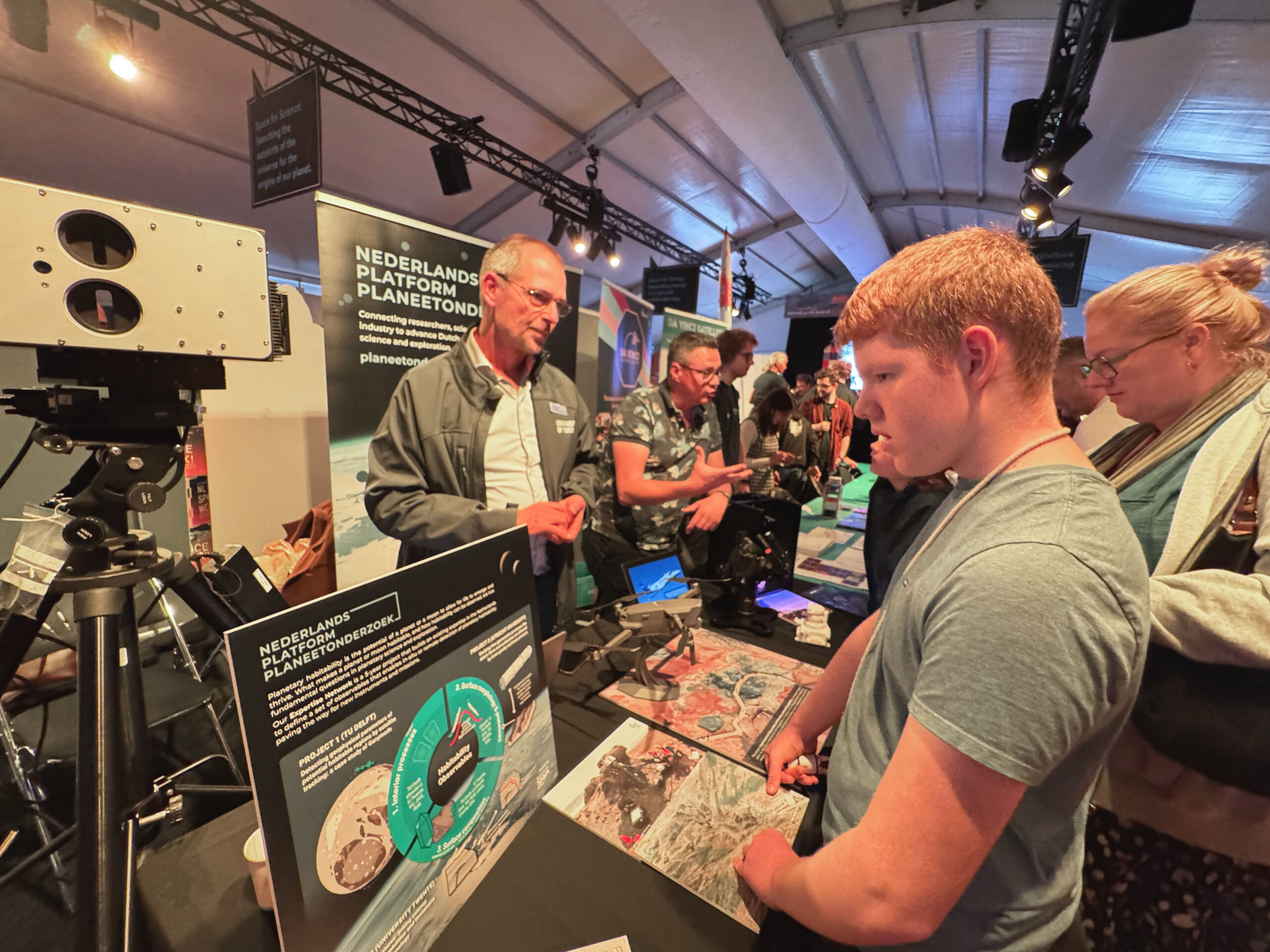
The NPP at the ESTEC Open Days
Read more: The NPP at the ESTEC Open DaysThe NPP joined the ESTEC Open Day on 12 October and what a success it was! This year, ESTEC celebrated its 50 year existence, drawing close to 10,000 people to the technical heart of the European Space Agency…
-

Mysterious gullies on Mars dug by sliding blocks of CO2 ice
Read more: Mysterious gullies on Mars dug by sliding blocks of CO2 iceSome dunes on Mars are covered with meandering gullies defying what we know for gully formation here on Earth. Planetary scientist Dr. Lonneke Roelofs from Utrecht University investigated how these gullies were formed. In a test setup, she…
-
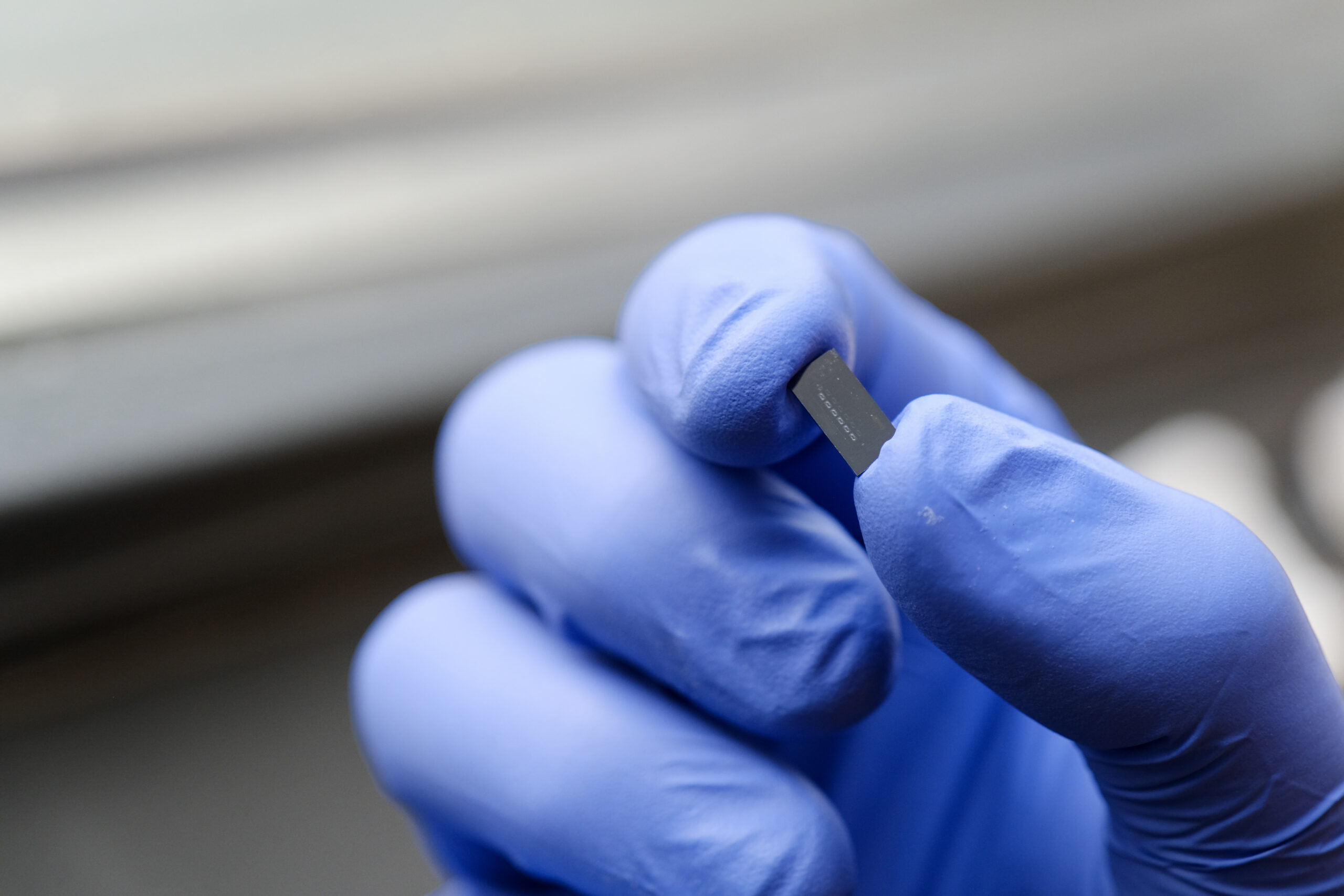
Small chip, grand mission: searching for signs of extraterrestrial life
Read more: Small chip, grand mission: searching for signs of extraterrestrial lifeIs life possible – or has it ever been possible – on other planets? The (Origin of) Life Marker Chip (LMCOOL) seeks the answer. This innovative chip is being developed by a Dutch consortium led by Dr Niels…
-
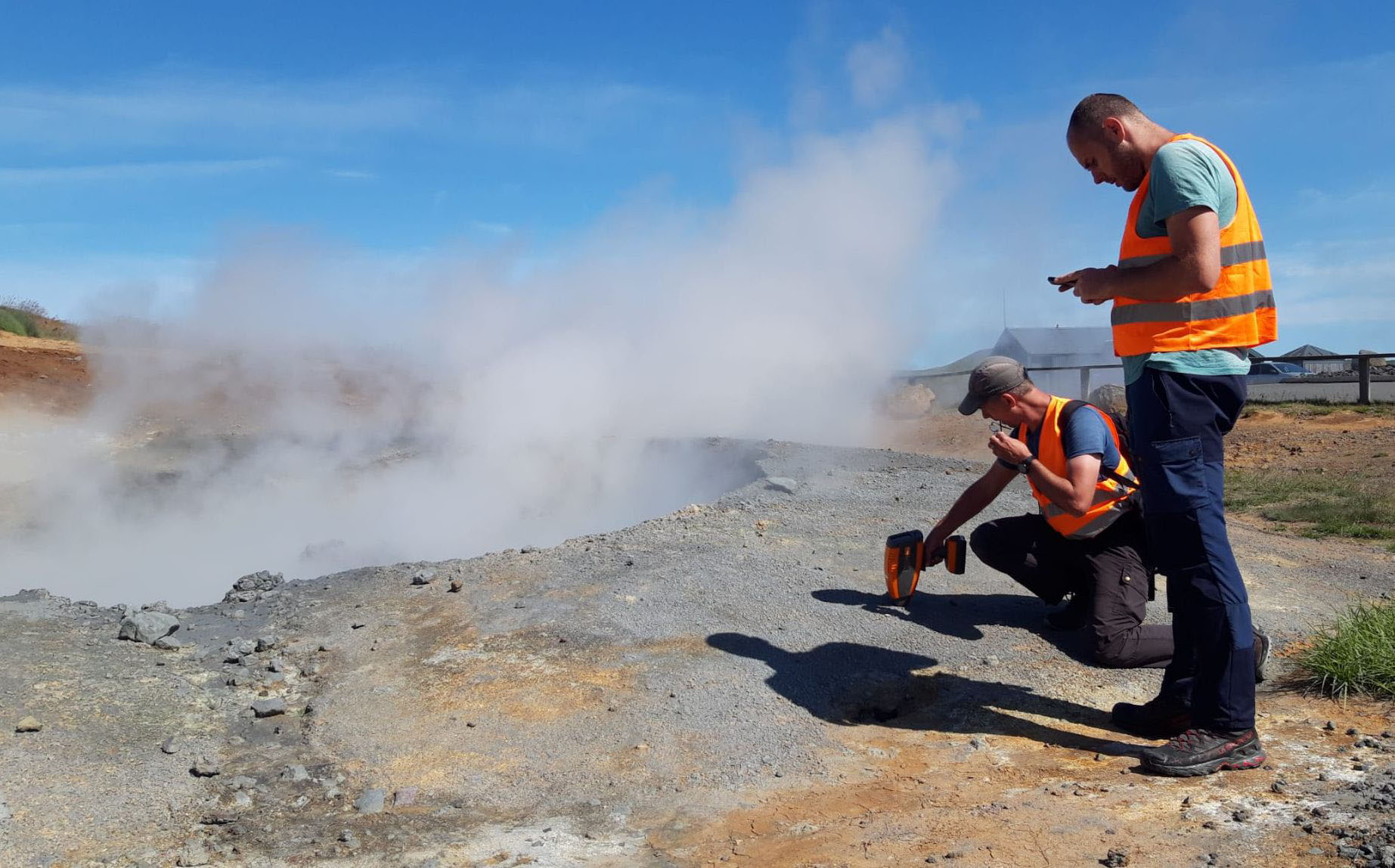
Field campaign tracks down mineral signatures at early-life analogue hydrothermal sites in Iceland
Read more: Field campaign tracks down mineral signatures at early-life analogue hydrothermal sites in IcelandMinerals are key indicators for habitable environments on rocky planets and they can be detected at multiple scales, from detailed lab measurements, to rocks at outcrops and by remote detection by satellites. But how are the signatures related…

